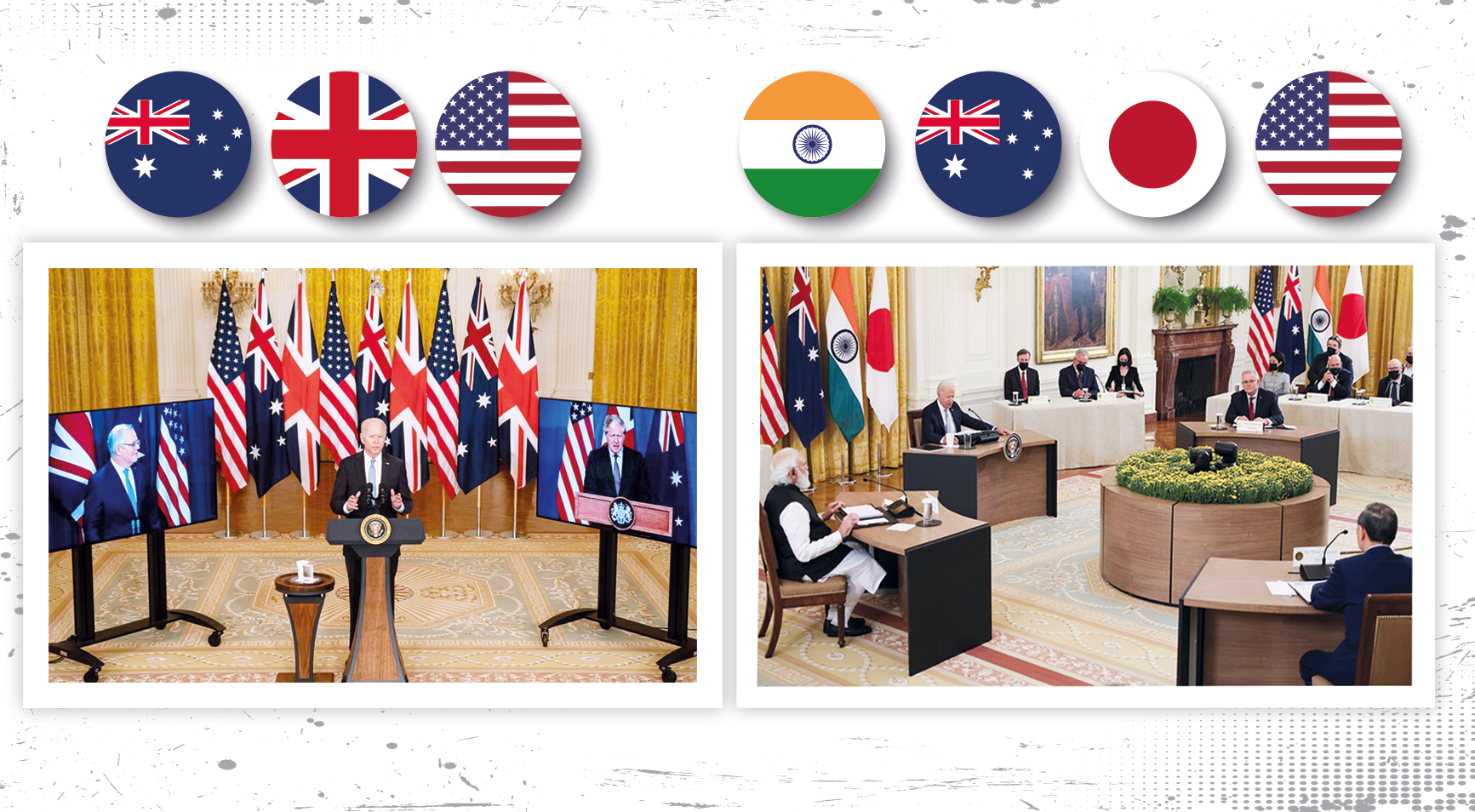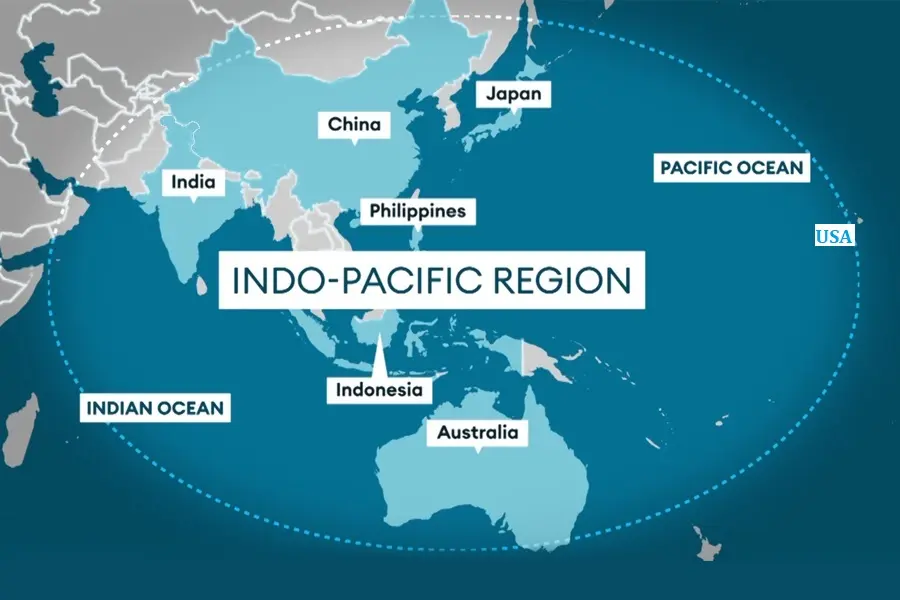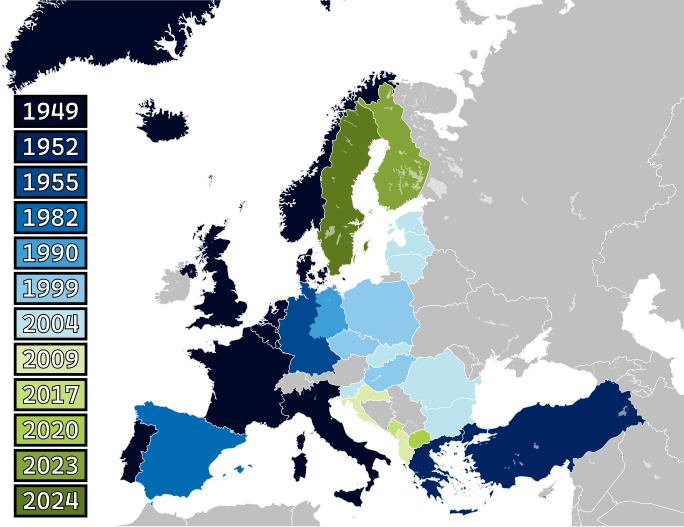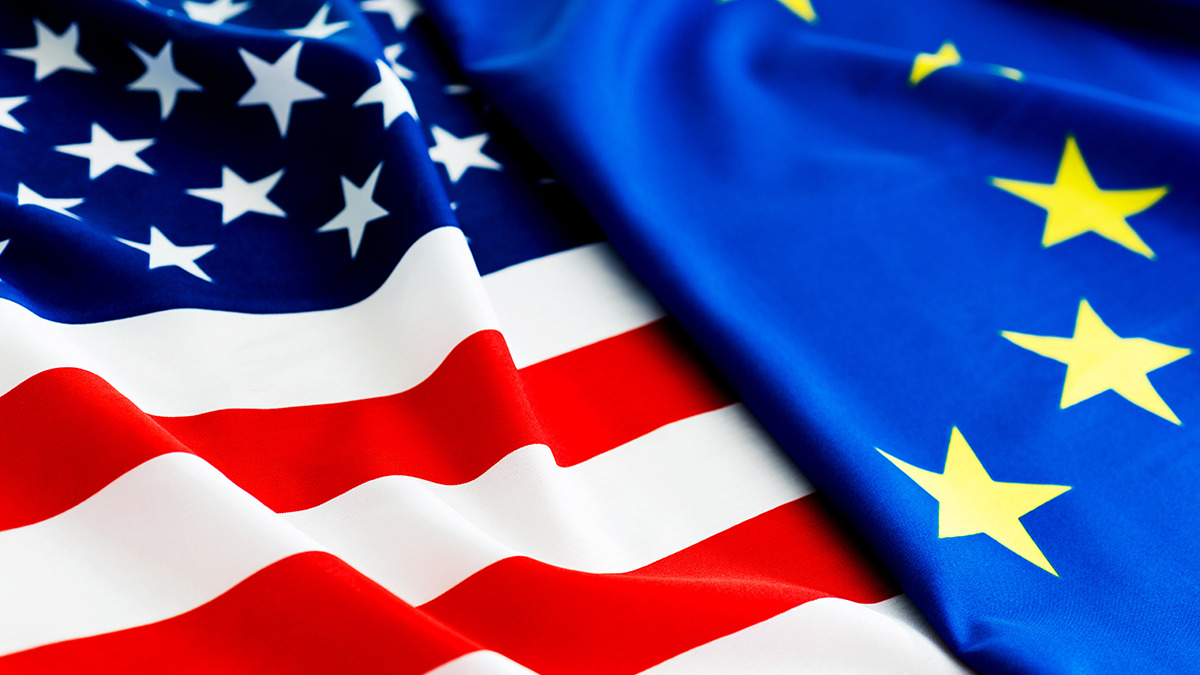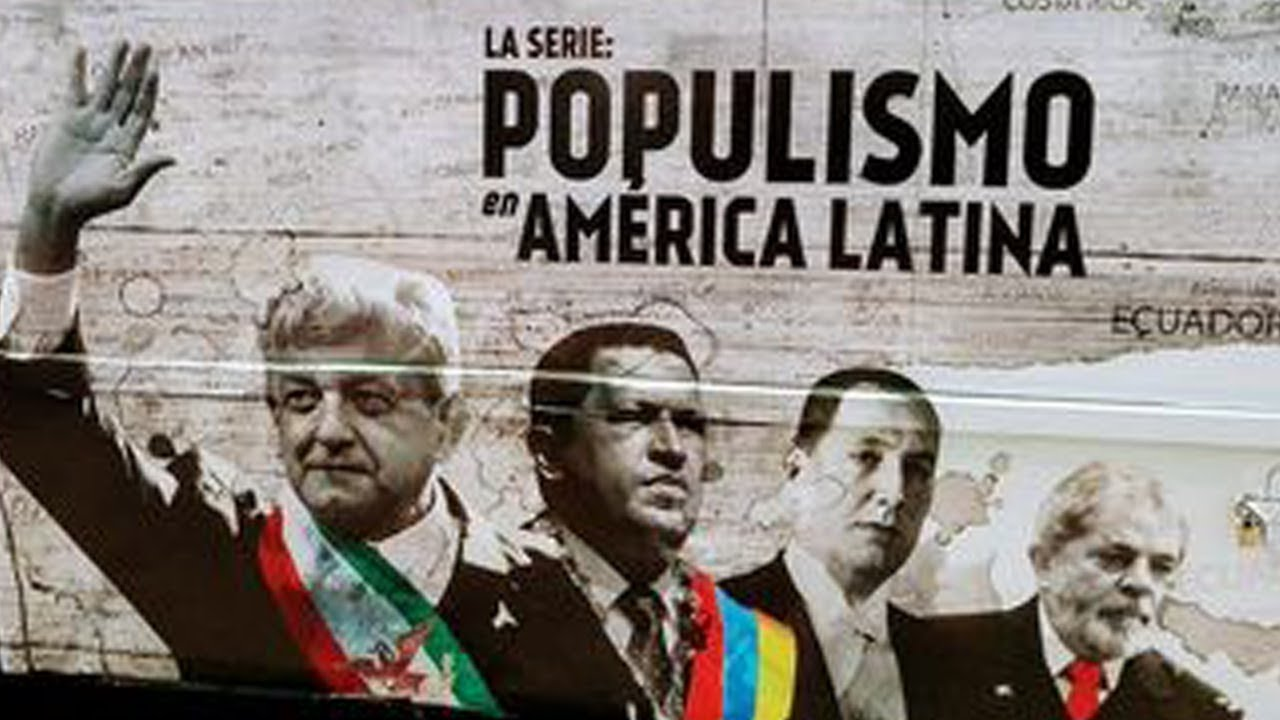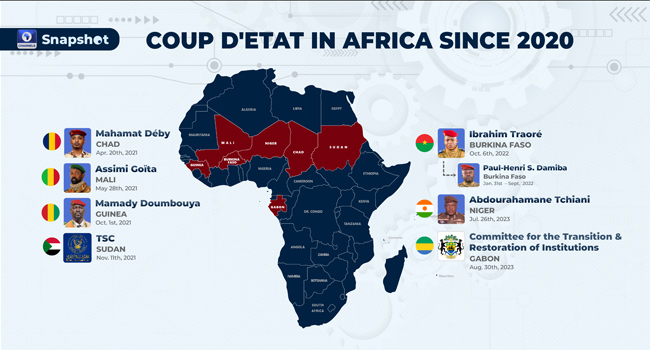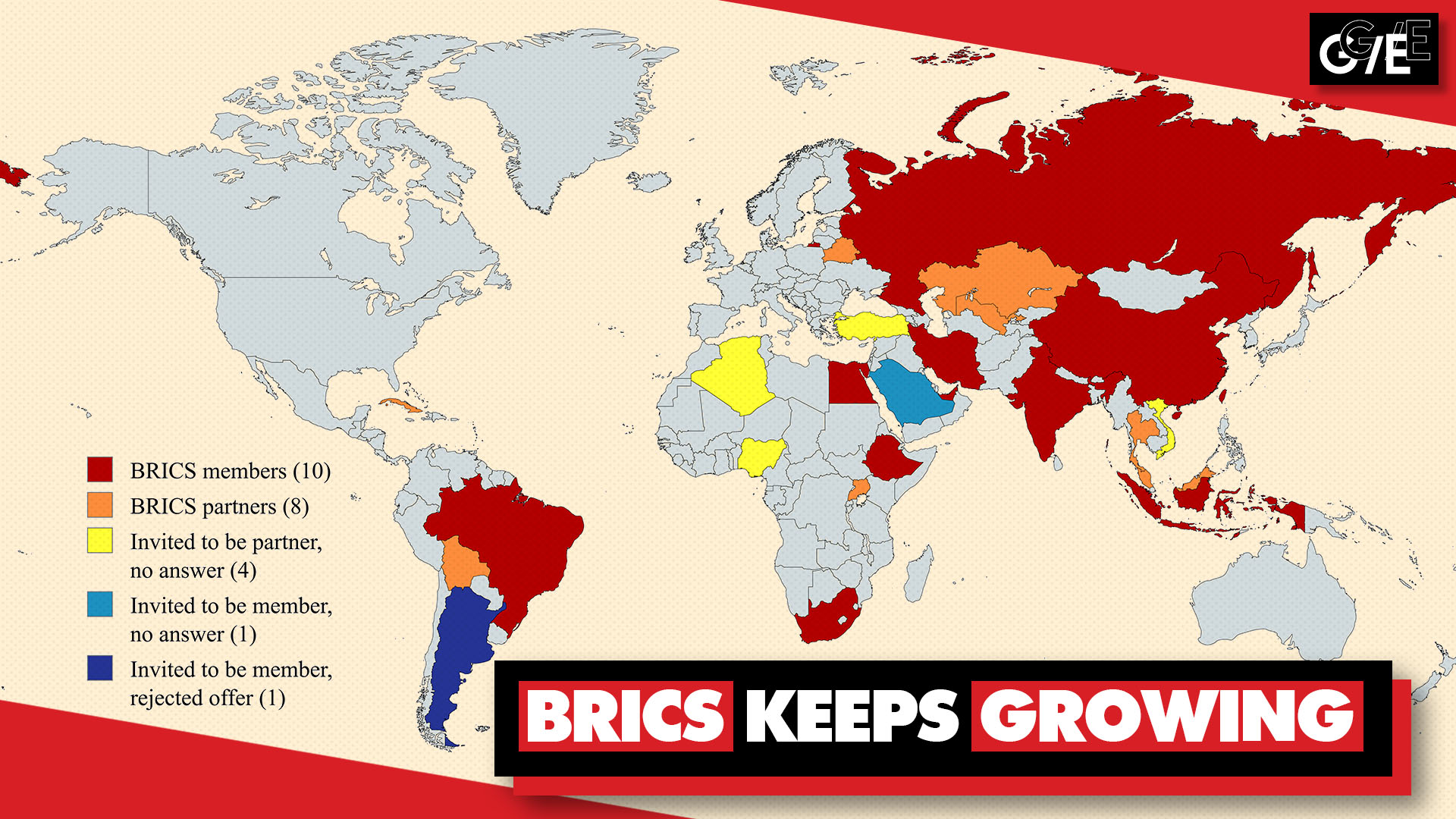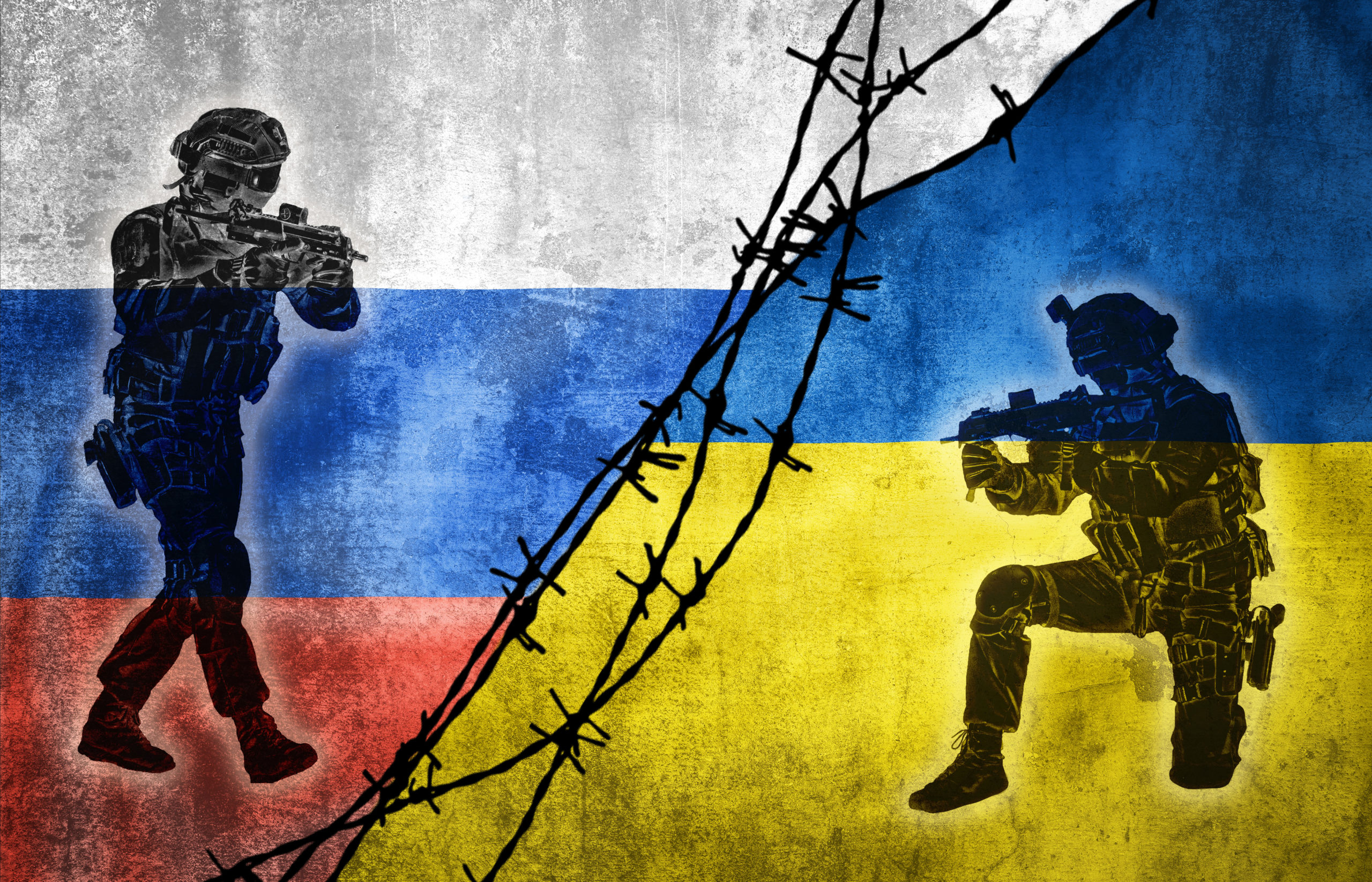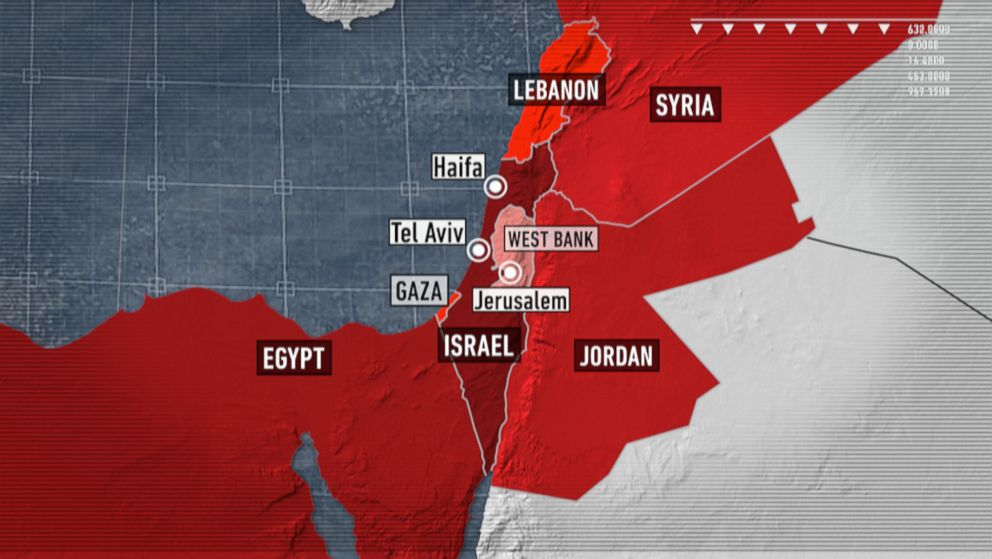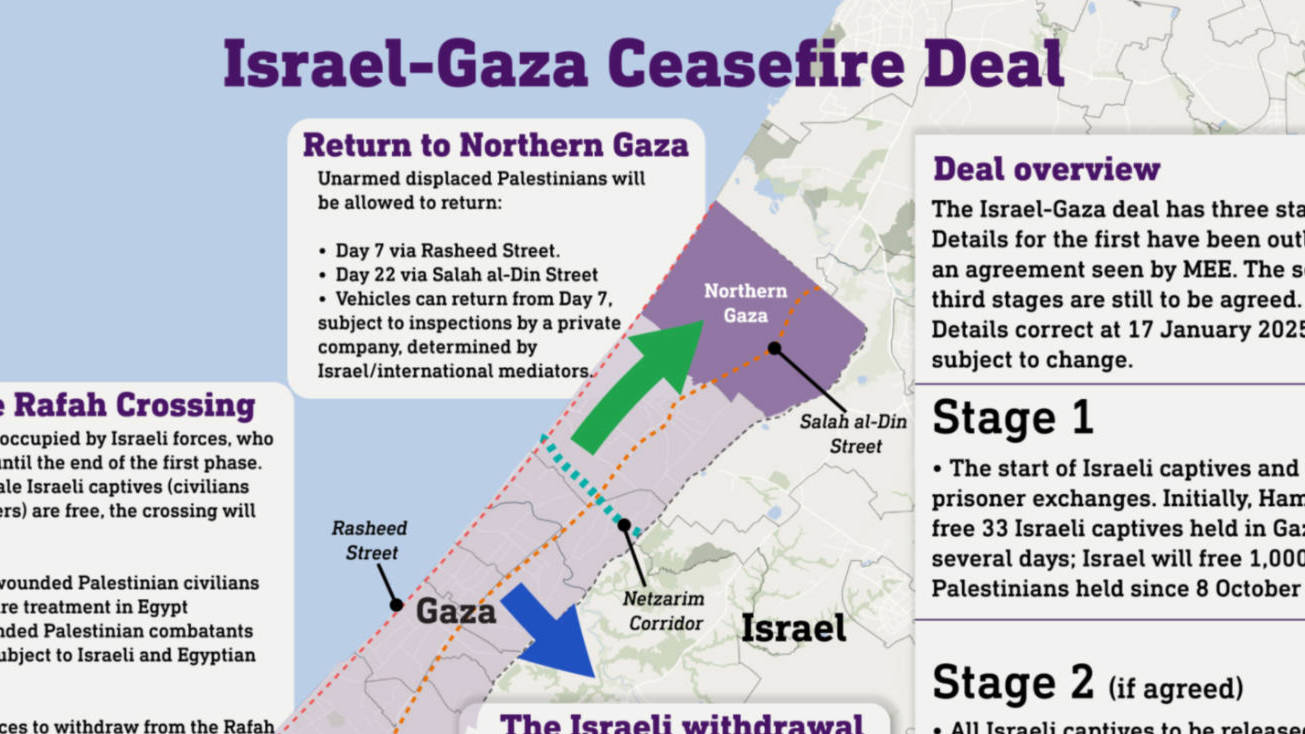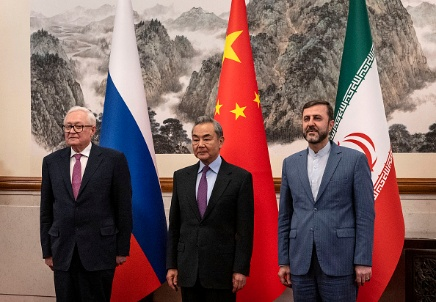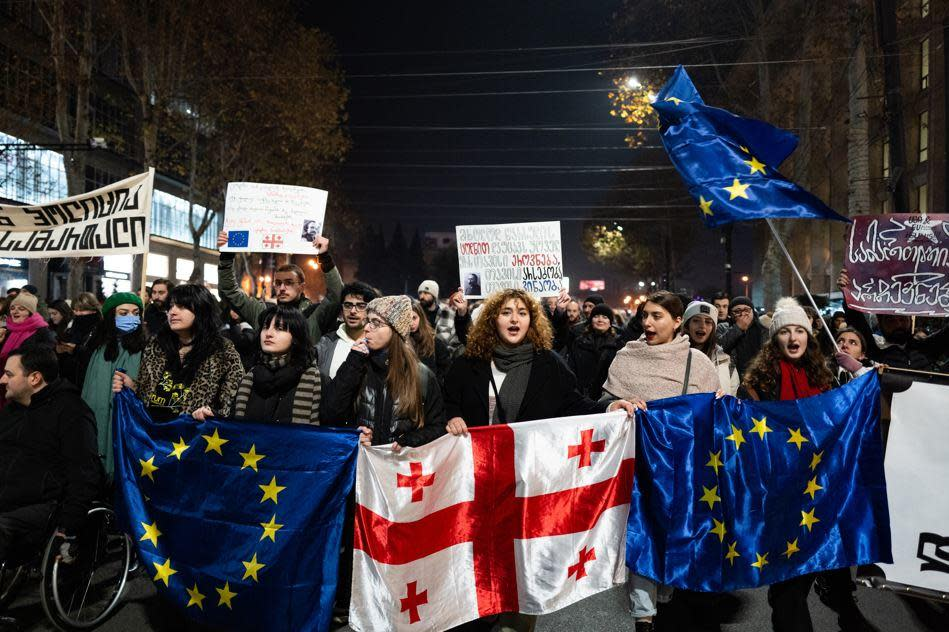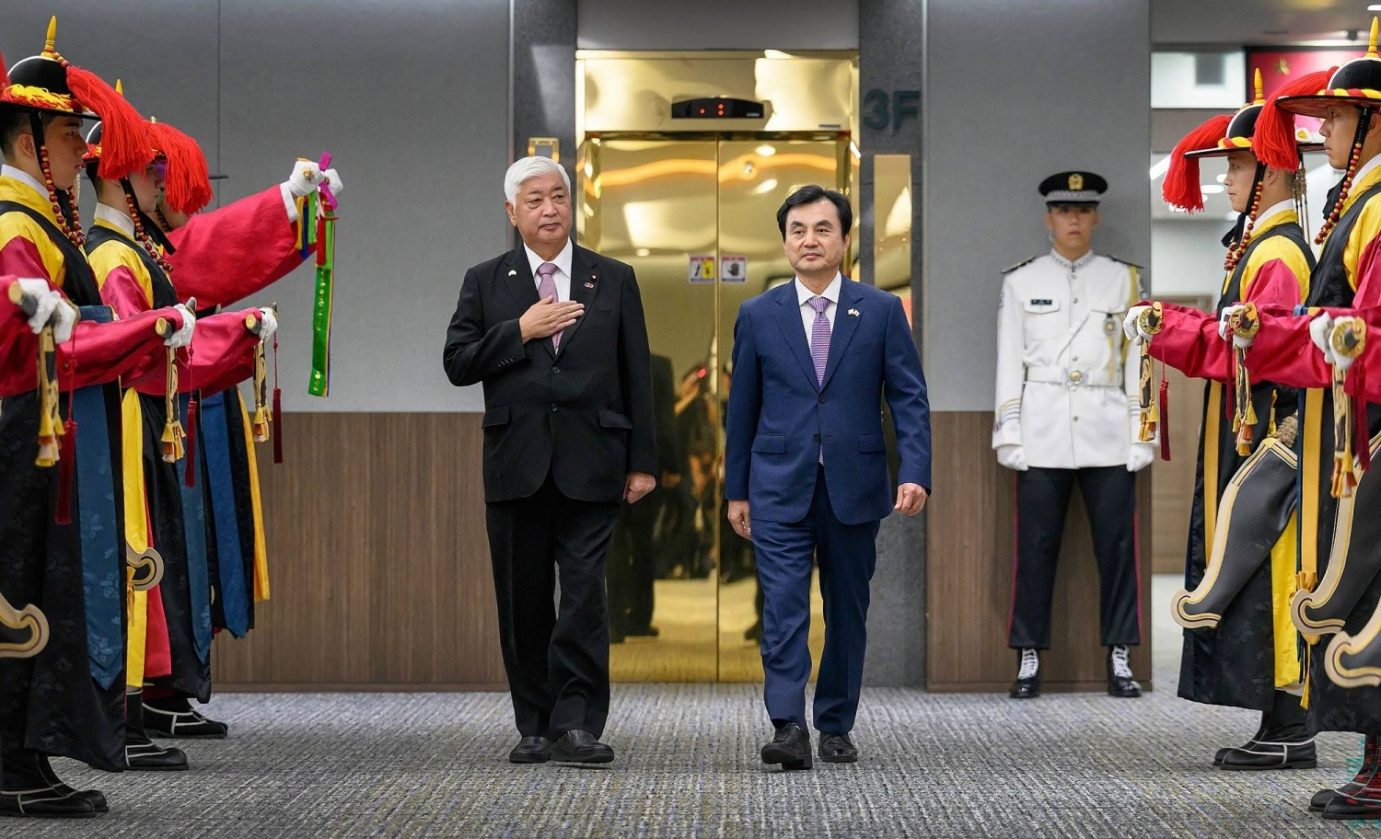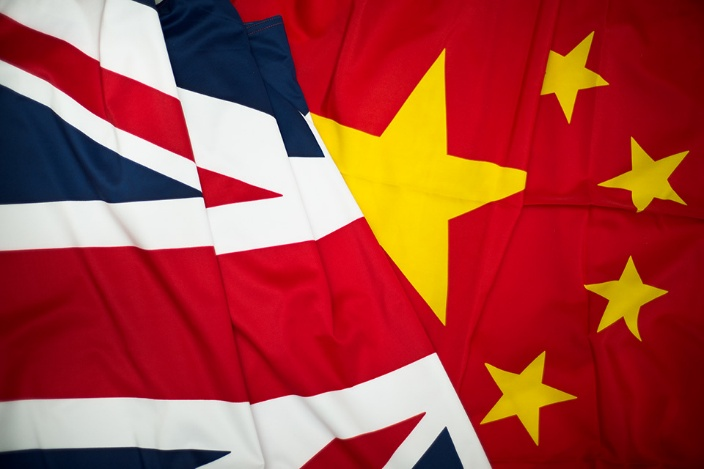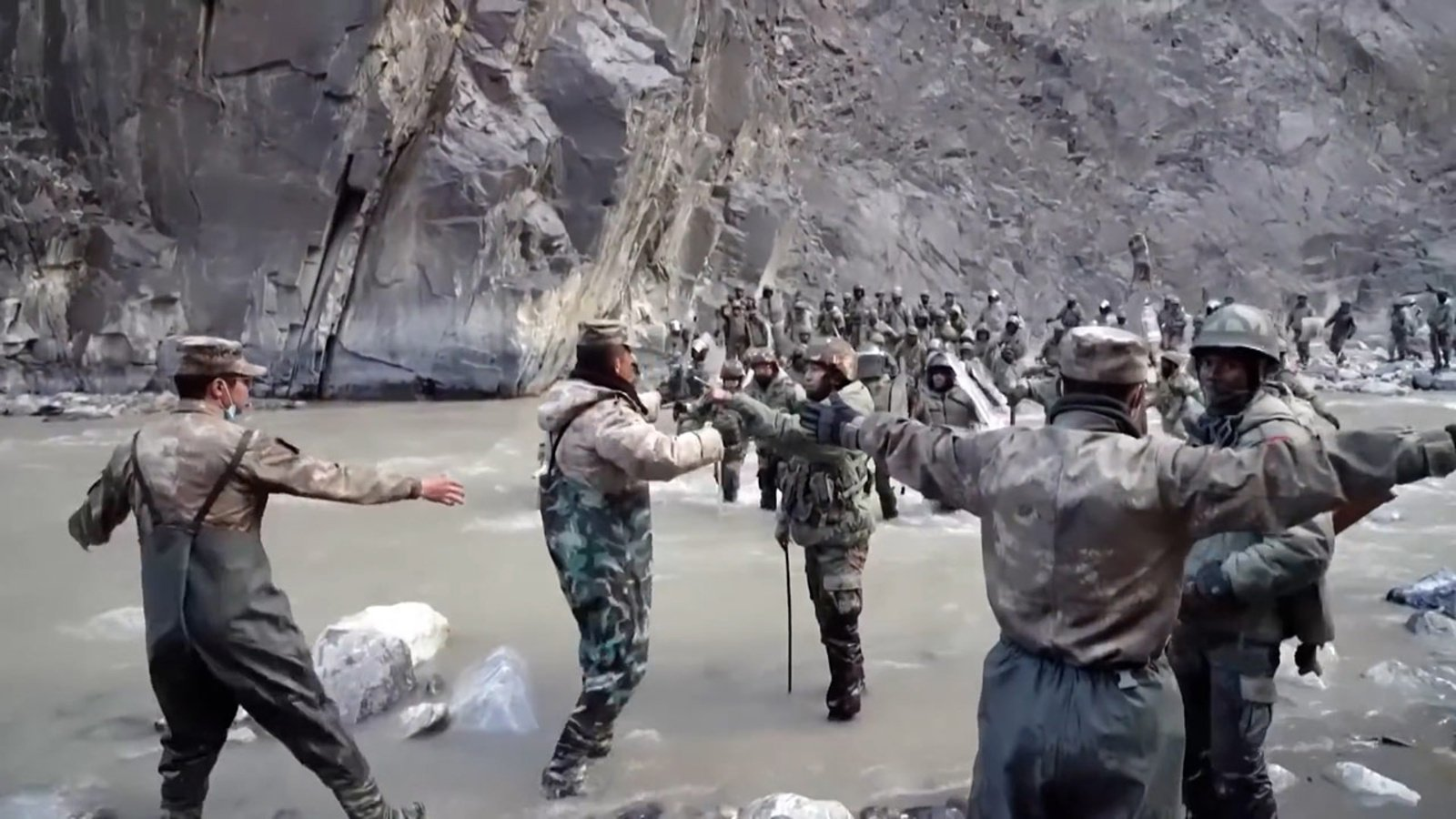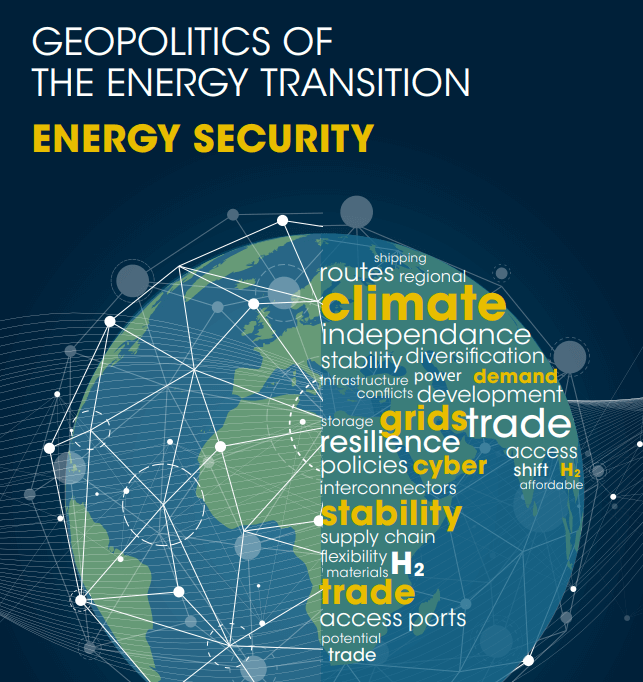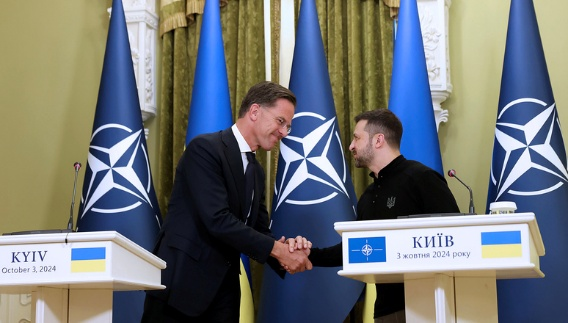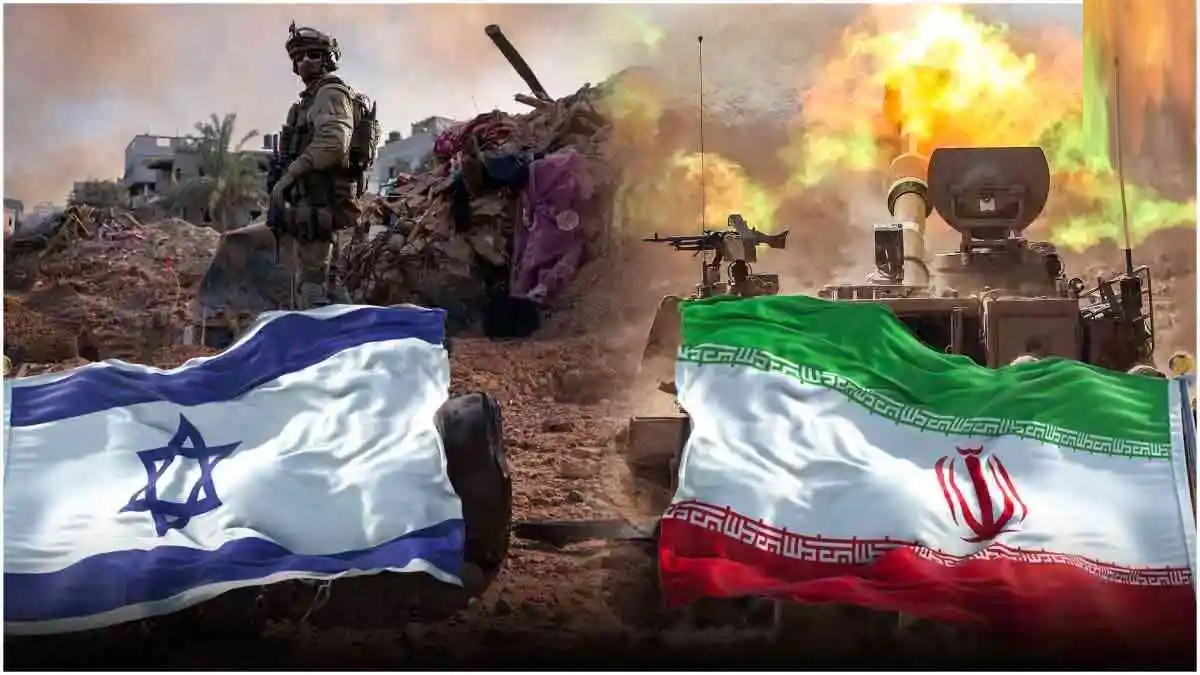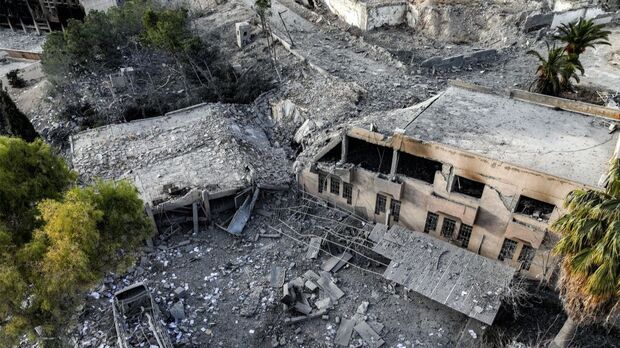The Landscape of Armed Opposition in Iran Key Groups and Their Dynamics
Iran has long grappled with armed opposition from various groups, reflecting the country's complex ethnic, religious, and political composition. This article explores some of the most prominent armed opposition groups challenging the Iranian government, analyzing their ideologies, activities, and international connections.
1. Jaish al-Adl (Army of Justice)

Origins and Ideology: Emerging in 2012 from the remnants of Jundullah, Jaish al-Adl combines Salafist, Jihadist, and nationalist elements, targeting Iran’s Sunni-Baloch regions. The group emphasizes a pan-Sunni agenda and opposes Iranian involvement in Syria.
Activities: Known for guerrilla-style operations, bombings, and ambushes, primarily in southeastern Iran near the Pakistan border.
Support: Alleged backing from Saudi Arabia and funding through drug trafficking and cryptocurrency donations.
Challenges: Despite being a persistent threat, leadership struggles and operational constraints have limited its impact.

2. Al-Ahvaziya
Goals: Advocates for Arab independence in Iran’s Khuzestan province, citing grievances over resource distribution and cultural discrimination.
Tactics: Conducts bombings and attacks on critical infrastructure, with support from Saudi intelligence and diaspora funding.
High-Profile Incidents: The 2018 military parade attack in Ahvaz, which killed numerous civilians and soldiers, marked a peak in its operations.
International Links: Saudi Arabia’s financial and logistical aid has been instrumental, alongside European diaspora connections.
3. PJAK (Kurdistan Free Life Party)
Foundation: Inspired by Abdullah Öcalan’s ideology, PJAK seeks to establish a democratic and secular Kurdish state.
Operational Base: Centered in the Qandil Mountains of northern Iraq, PJAK conducts sporadic attacks on Iranian forces.
Relations with Iran: Despite occasional clashes, PJAK’s activities have waned due to shifting Kurdish alliances and Iran-Turkey dynamics in Syria.
4. (PMOI/MKO)

Background: Formed in 1965, this group blends Marxist and Islamic ideologies, aiming to overthrow the Iranian regime.
History: Initially supported by Saddam Hussein during the Iran-Iraq war, PMOI later relocated to Albania after losing regional bases.
Modern Tactics: Focused on cyber-attacks, propaganda, and lobbying efforts in Western nations.
Criticism: PMOI’s alignment with Iraq during the war and its cult-like internal structure have diminished its domestic credibility.
Common Threads Across Groups
Ethnic and Sectarian Tensions: Many groups exploit ethnic and religious divisions to gain support, targeting regions like Balochistan, Khuzestan, and Kurdistan.
External Support: Saudi Arabia, among other states, has played a pivotal role in funding and arming these groups, reflecting broader geopolitical rivalries.
Decline in Armed Struggle: While some groups remain active, their influence has generally waned due to leadership disruptions, regional diplomacy, and Iranian countermeasures.
Conclusion
The landscape of armed opposition in Iran highlights the intersection of domestic grievances and international geopolitics. While these groups pose challenges to Iranian stability, none currently possess the strength to fundamentally alter the regime. Their future relevance will depend on evolving regional dynamics and Tehran’s ability to address underlying issues of governance and inclusion.

